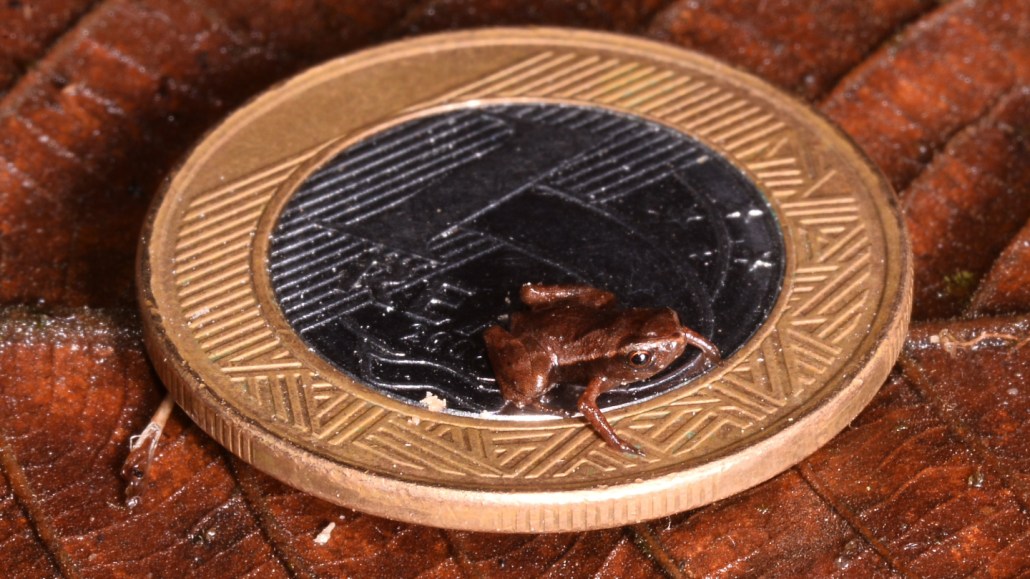
Animals
This frog is the world’s smallest known vertebrate
Neither fleas nor toads, Brazilian flea toads are almost flea-sized. These mini frogs are small enough to fit on a pinkie fingernail.
Come explore with us!

Neither fleas nor toads, Brazilian flea toads are almost flea-sized. These mini frogs are small enough to fit on a pinkie fingernail.

The difference between a dog and a wolf isn’t looks or genes or even behavior. It’s the relationship these animals have with people.

Glass frogs snoozing among leaves blend in by hiding almost all their red blood cells in their liver.

Alexis Mychajliw’s science is driven by her love of animals. She now looks to tar pits and fossilized poop to understand ancient ecosystems.

Neandertals are an extinct species closely related to modern humans. They made tools and jewelry, controlled fires and cared for their sick.

From toolmaking to healthcare, new research finds that Neandertals shared many cultural and social similarities with our human ancestors.

The first published photo shoot of developing Pelmatops flies shows how their eyes rise on gangly stalks in the first hour of adulthood.

One gene drive to eliminate malaria seems to work in the lab. Now it’s time to ask local people if they want it released in the wild.

TMAO’s water-wrangling ability protects a critter’s critical proteins — including muscle — from crushing under deep ocean pressures.

The genomes of salamanders are bloated with genetic “parasites.” That extra DNA slows down their lives and strands them in perpetual childhood.